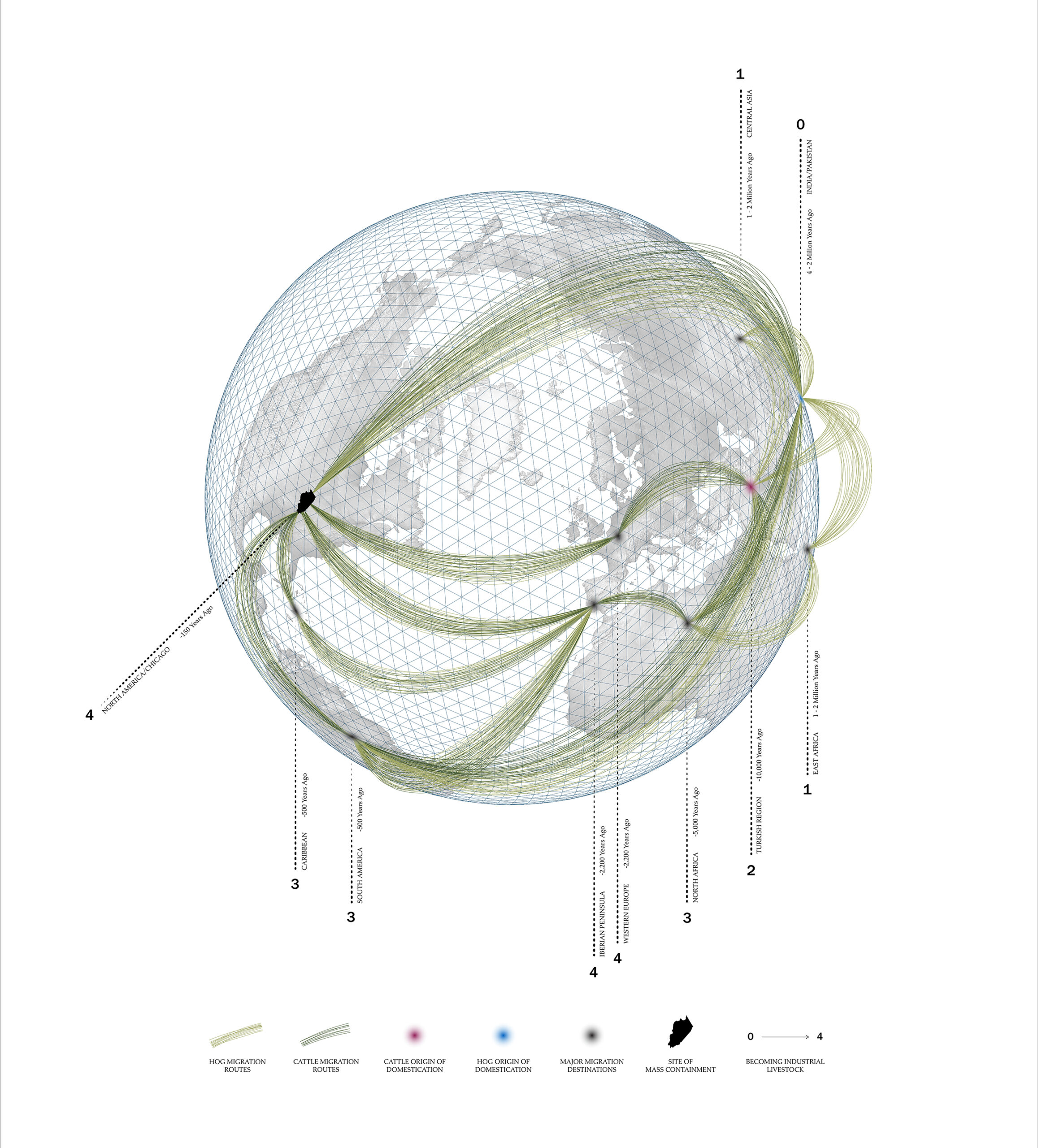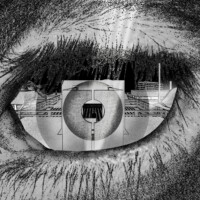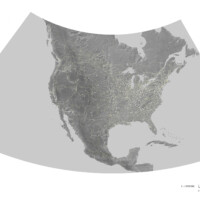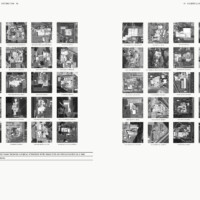How has mechanization masked reality? The meat industry has successfully crafted distance from the public with the aid of architecture to abstract modern processes into a technological “black box” and a physical “white box”. Through a series of boxes, livestock—animals have become vastly invisible in four modes of invisibility: Statistical, Physical, Mechanical and Logistical.
We number them, so they are nameless.
We slaughter them, so they are soulless.
We divide them, so they are formless.
We distribute them, so they are products.
This thesis started before I was even born. From my grandparents, dad, now to my brother, they had a long attachment to livestock animals. As I grew up spending my early days around the butcher shop, I was neutrally exposed to the environment where I had to watch pigs and cattle split in half and hung up in conveyor hooks. While it might sound overwhelming, I became immune to the whole process since it was nothing more than my everyday life. I still remember how I poked into a cattle’s eye as I saw its head lying on the floor and how cold and strange it felt. To my family and the world, those machine-pulled livestock animals were the source of income, generational assets and proof of industrial development and modernity in the age of mechanization.
It is not a problem of consumption but a problem of consumption of images. Throughout the research, I constantly questioned my perception of meat as to why I have become so neutral to such delirious conditions of mass-slaughter. From the fact that most people spend their days eating meat without much agony, I have come to the conclusion that such normality stems from long consumption of how the meat industry has presented itself through architecture and curated representation of the processes within.
In the intention to not only expose this sanitized status quo but to ask a basic question of how we are able to consume meat daily, it is necessary to recontextualize the intentional distance the meat industry has crafted. From the birthplace of the modern mechanization of meat, the Union Stock Yards in Chicago, the four modes of invisibilities are deployed as instruments to be translated into commemorative imaginations to put ourselves back into the architectural evidence and unfold it.









